The Native American tribes of Massachusetts embody a profound and enduring legacy, rooted in thousands of years of history and cultural richness.
Stretching from the early Paleo-Indian inhabitants to the contemporary efforts of recognized tribes, Massachusetts bears witness to the resilience and vibrancy of indigenous communities.
In response to the question of who the native inhabitants were, Massachusetts was once home to various tribes such as the Wampanoag, Massachuset, Nipmuc, Pequot, Mohican, and Narragansett, each contributing unique facets to the intricate tapestry of the region’s history.
These tribes, interconnected by shared Algonquian linguistic roots, developed distinctive ways of life intricately tied to the diverse landscapes, encompassing coastal areas and woodlands.
While European colonization ushered in profound changes, the enduring presence of these Native American tribes is evident in contemporary initiatives.
Today, cultural revitalization and collaborative relationships with the state underscore the dynamic evolution of Massachusetts Native American tribes, weaving an indelible narrative of their contributions to the cultural and historical fabric of the state. Stay sharp.
List of Massachusetts Native American Tribes
Massachusetts, a state with a rich history dating back thousands of years, was originally inhabited by various Native American tribes.
These indigenous communities thrived in the region, relying on the abundant natural resources and forming unique cultures and societies.
The arrival of European settlers in the early 17th century brought significant changes to the landscape and the lives of these native peoples.
Despite the challenges they faced, some Massachusetts Native American tribes have managed to preserve their heritage and continue their presence in the modern era.
Wampanoag
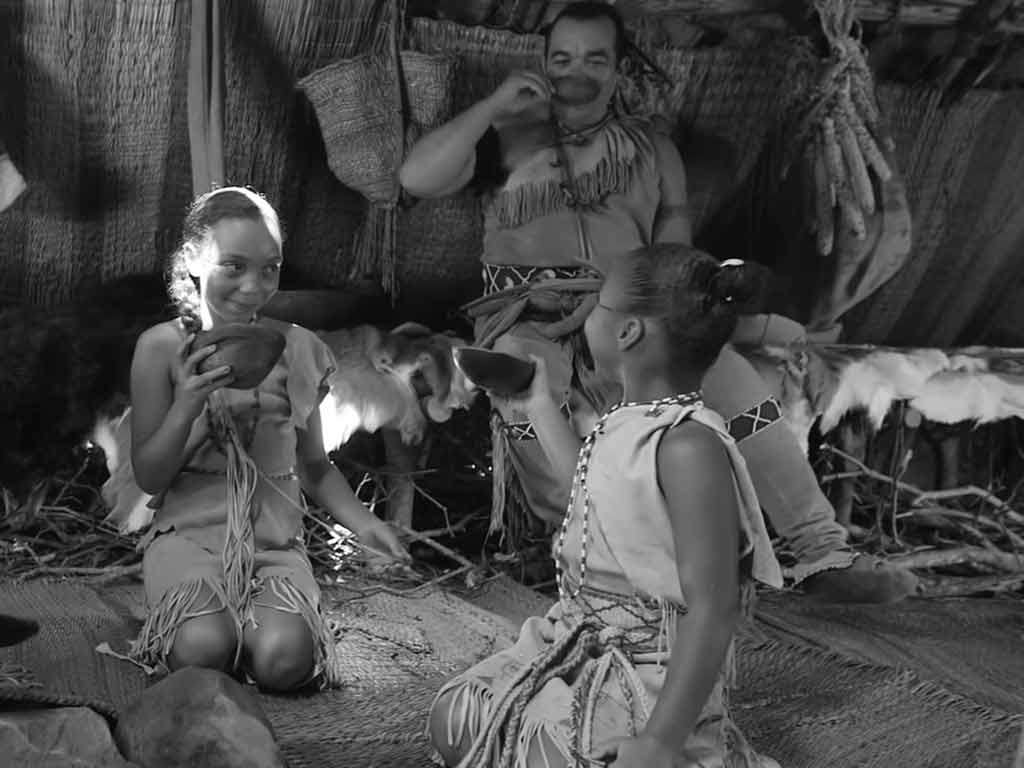
The Wampanoag people have a deep historical connection to the lands of present-day Massachusetts.
They played a crucial role in the early interactions with the Pilgrims at Plymouth, marking a significant chapter in American history.
Massachuset
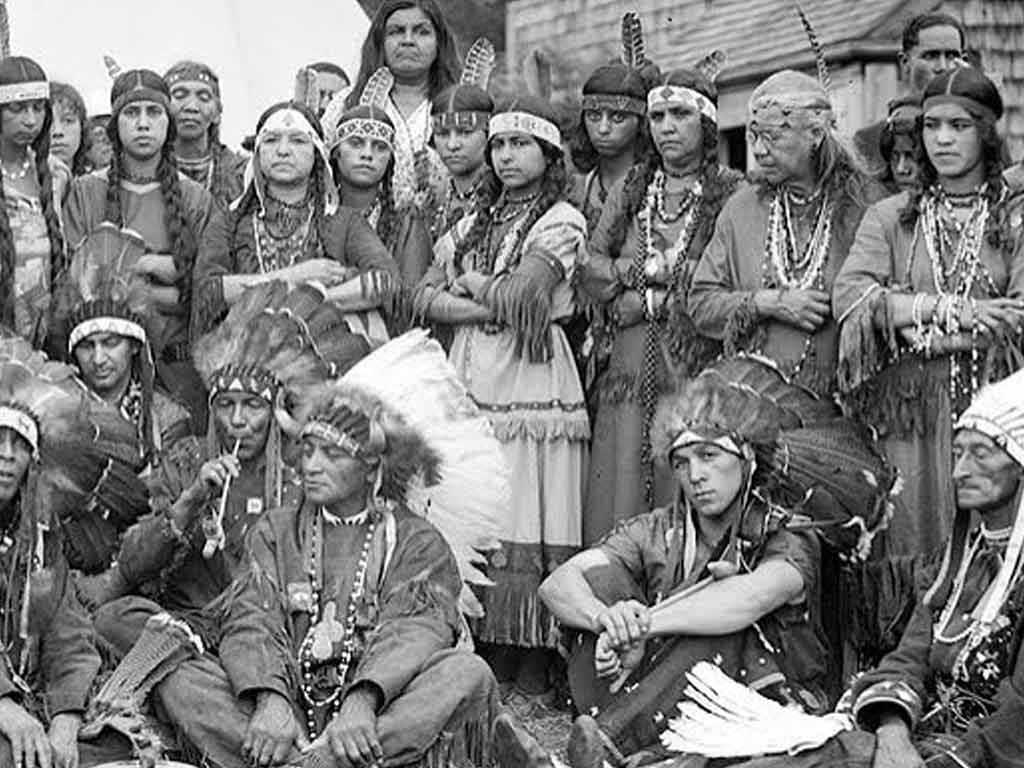
The Massachuset tribe, from whom the state derives its name, resided in the eastern part of Massachusetts.
They were part of the larger Algonquian-speaking group and engaged in fishing, hunting, and agriculture for sustenance.
Nipmuc
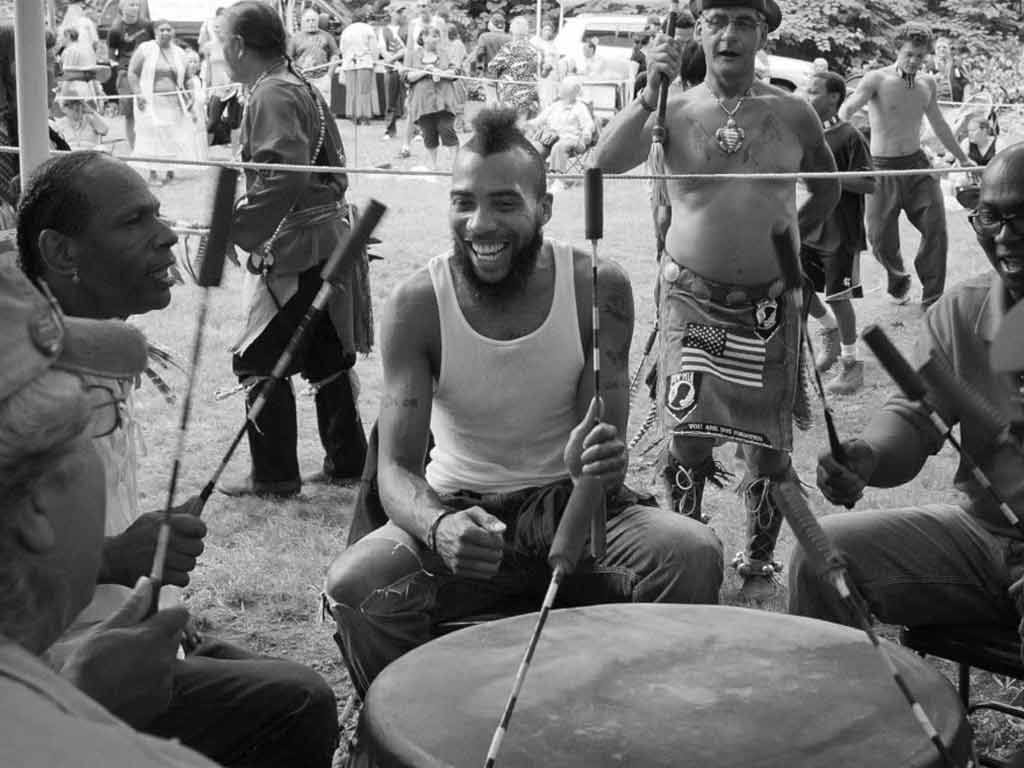
The Nipmuc people inhabited the central part of Massachusetts and parts of Connecticut and Rhode Island.
They were skilled hunters and gatherers, utilizing the diverse ecosystems of the region for their livelihood.
Pequot
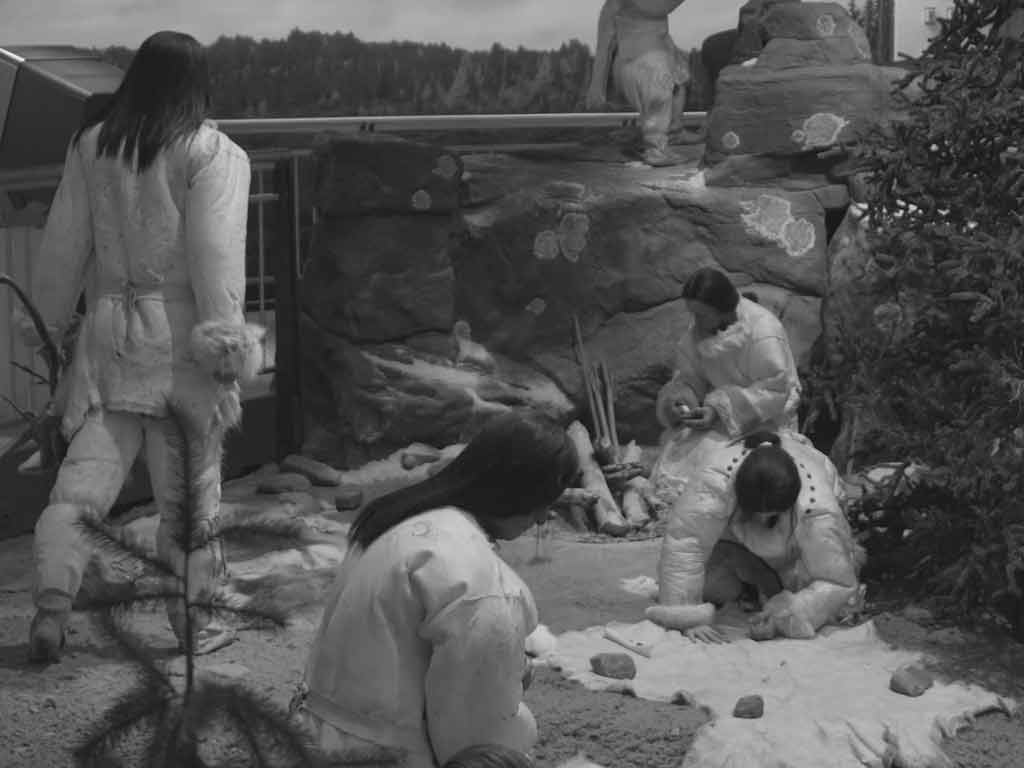
While primarily associated with Connecticut, the Pequot tribe also had a presence in parts of Massachusetts. They were known for their well-organized communities and intricate social structures.
Mohican
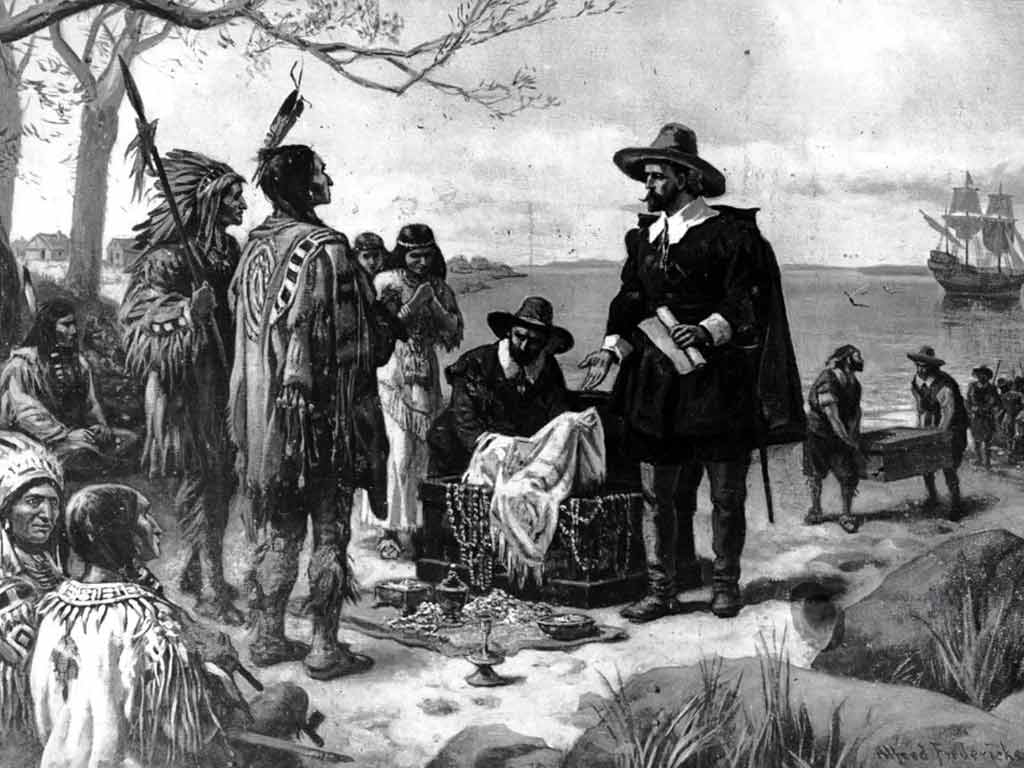
The Mohican people, though primarily associated with the Hudson River Valley and parts of New York, extended their influence into western Massachusetts.
They were adept traders and formed alliances with neighboring tribes.
Narragansett
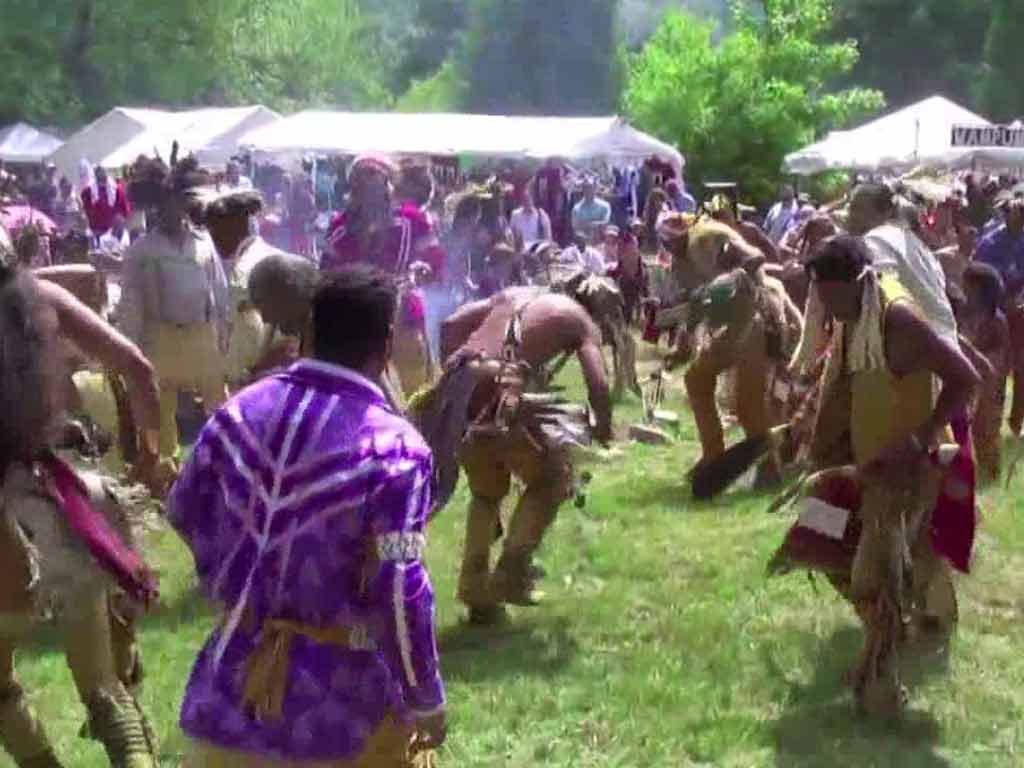
The Narragansett tribe, predominantly located in what is now Rhode Island, had connections to the southern part of Massachusetts.
They were skilled farmers, cultivating corn, beans, and squash, known as the “Three Sisters.”
These tribes, among others, played vital roles in shaping the cultural, social, and historical tapestry of Massachusetts.
Despite the challenges and changes brought about by European colonization, some Native American communities persist in preserving and revitalizing their rich heritage.
Early Inhabitants of Massachusetts
The early inhabitants of Massachusetts were Native American tribes who had lived in the region for thousands of years before the arrival of European settlers.
These indigenous peoples developed unique cultures, societies, and ways of life that were closely tied to the diverse ecosystems of the area. Here are some key points about the early inhabitants of Massachusetts:
Paleo-Indians

The earliest evidence of human presence in Massachusetts dates back to the Paleo-Indian period, around 10,000 to 8,000 BCE.
These nomadic hunter-gatherers relied on stone tools and were likely the ancestors of the later Native American tribes in the region.
Archaic Period
During the Archaic period (8,000 to 3,000 BCE), Native American societies in Massachusetts began to adopt more settled lifestyles.
They diversified their subsistence strategies, incorporating a variety of plant foods, fishing, and hunting into their diets.
Woodland Period
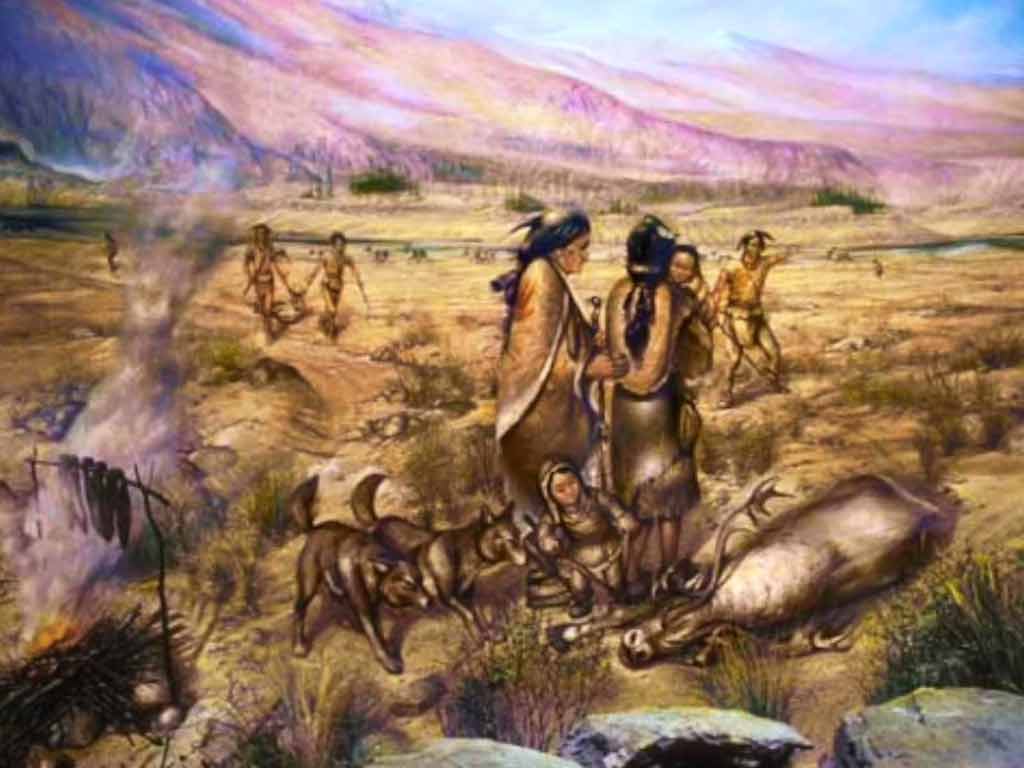
The Woodland period (1000 BCE to 1000 CE) witnessed further cultural developments, including the introduction of pottery and the cultivation of plants like maize (corn).
This period also saw the formation of more complex social structures and the establishment of semi-permanent villages.
Algonquian-speaking Tribes
The predominant linguistic and cultural group in Massachusetts was the Algonquian-speaking tribes.
These included the Wampanoag, Massachuset, and Nipmuc, each with its distinct cultural practices and ways of life.
Sustainable Resource Use
Native American tribes in Massachusetts were highly attuned to the natural environment.
They practiced sustainable resource management, utilizing the rich array of flora and fauna in the region for food, clothing, and shelter.
Ceremonial Sites
The landscape of Massachusetts held numerous ceremonial sites and burial grounds, reflecting the spiritual and cultural significance of the land to the indigenous peoples.
These sites often had connections to celestial events and seasonal cycles.
The arrival of European colonizers in the early 17th century brought drastic changes to the lives of the indigenous peoples of Massachusetts, including the introduction of new diseases, changes in land use, and conflicts over territory.
Lifestyle of Massachusetts Native American Tribes
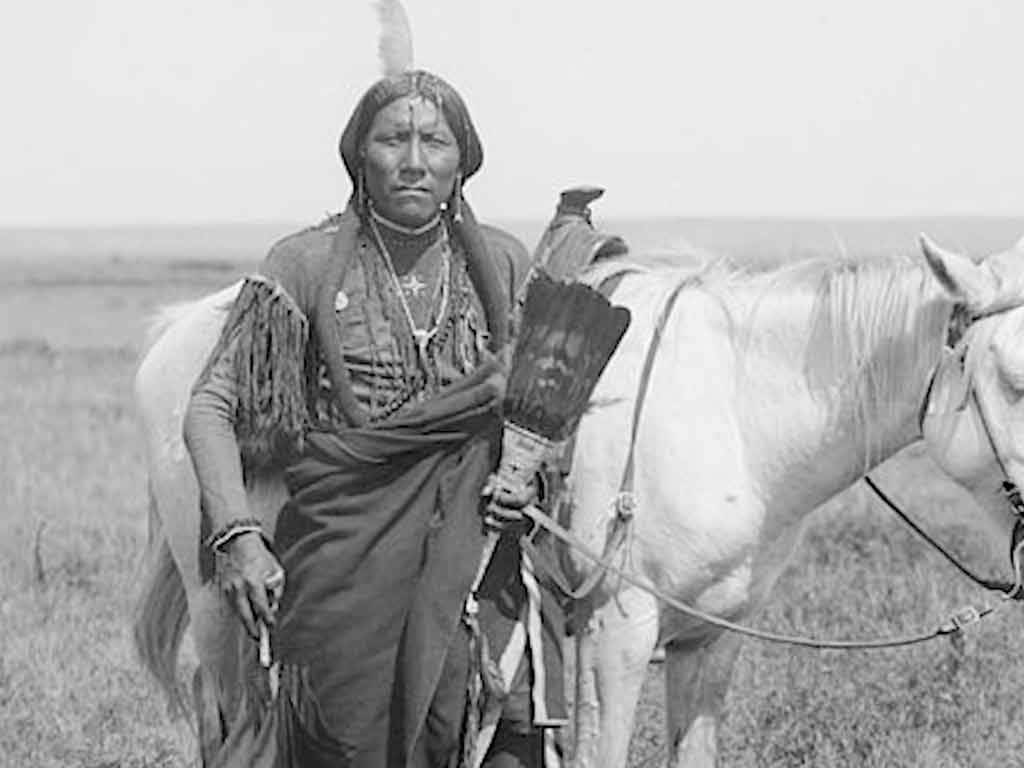
The lifestyle of the Native American tribes in Massachusetts was deeply intertwined with the diverse landscapes of the region, ranging from coastal areas to woodlands.
These indigenous communities, including the Wampanoag, Massachuset, Nipmuc, and others, developed rich and resilient ways of life that revolved around sustainable resource use, and a profound spiritual connection to the natural world.
Subsistence Strategies
Massachusetts Native American tribes practiced a combination of hunting, fishing, and agriculture to sustain themselves.
The availability of abundant natural resources, including fish, shellfish, game animals, and fertile soil, allowed for a diverse and well-balanced diet.
Seasonal Movement
Many tribes engaged in a semi-nomadic lifestyle, moving seasonally to take advantage of different resources.
Coastal communities might focus on fishing in the warmer months, while inland groups would turn to hunting and gathering.
Fishing and Maritime Skills
Coastal tribes, such as the Wampanoag, developed sophisticated maritime skills.
They crafted dugout canoes for coastal and river travel and utilized various fishing techniques, including weirs and nets, to harvest fish and shellfish.
Agriculture
Some Native American tribes in Massachusetts practiced agriculture, cultivating crops like maize (corn), beans, and squash.
The “Three Sisters” planting technique, where these three crops were grown together, was a common agricultural practice that maximized efficiency and nutritional value.
Housing and Settlements
The type of dwellings varied among tribes.
Coastal communities often built wigwams or wetus using wooden frames covered with woven mats or bark, while inland groups constructed more permanent longhouses made of wood and thatch.
Community and Social Structure
Native American tribes in Massachusetts had well-defined social structures and communal cooperation.
Extended families lived together in larger kinship-based groups, and decision-making often involved consensus within the community.
Ceremonial events and rituals played a crucial role in reinforcing social bonds and spiritual connections.
Despite the challenges posed by European colonization, the lifestyle and traditions of Massachusetts Native American tribes have left a lasting impact on the cultural identity of the region.
Today, efforts to preserve and revitalize indigenous heritage contribute to a broader understanding and appreciation of their historical contributions.
Legacy and Heritage of Massachusetts Native American Tribes
The legacy and heritage of Massachusetts Native American tribes are deeply embedded in the cultural tapestry of the region, reflecting a rich history of resilience, adaptation, and enduring connections to the land.
Despite the profound disruptions caused by European colonization, these indigenous communities have worked to preserve their cultural heritage, contributing to the understanding of the dynamic history of Massachusetts.
Cultural Traditions
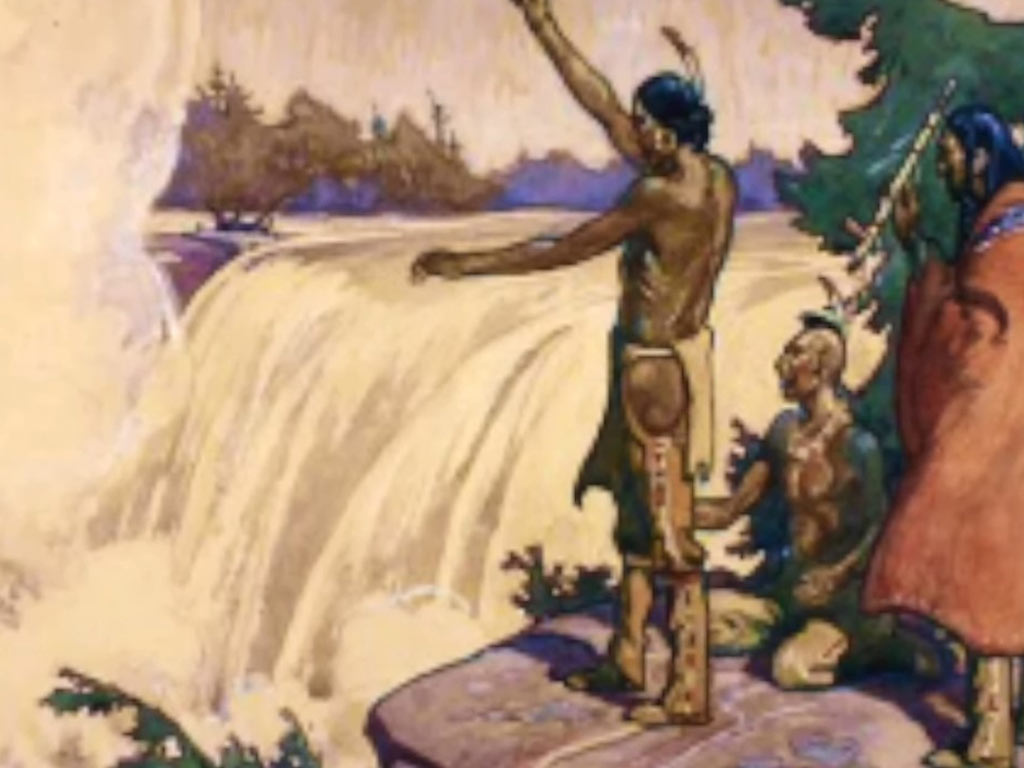
The Massachusetts Native American tribes, including the Wampanoag, Massachuset, Nipmuc, and others, have maintained and revived cultural traditions that include storytelling, art, dance, and music.
These practices serve as essential components in preserving and passing down their unique cultural identity from generation to generation.
Language Preservation
Efforts to revitalize and preserve indigenous languages, such as Wampanoag and Nipmuc, play a crucial role in maintaining the linguistic heritage of Massachusetts Native American tribes.
Language is not only a means of communication but also a carrier of cultural knowledge and worldview.
Ceremonial Practices
Ceremonial practices rooted in spirituality and communal traditions continue to be important aspects of Native American heritage in Massachusetts.
Powwows, gatherings, and ceremonies provide opportunities for the community to come together, celebrate their cultural heritage, and honor their ancestors.
Land Stewardship
The deep connection to the land is a fundamental aspect of the legacy of Massachusetts Native American tribes.
Efforts to promote sustainable land use, conservation, and environmental stewardship reflect a commitment to preserving the natural resources that have sustained their communities for centuries.
Education and Advocacy
Native American communities in Massachusetts engage in educational initiatives to share their history, dispel stereotypes, and foster a more accurate understanding of their heritage.
Advocacy for the recognition of tribal sovereignty and rights further contributes to the preservation of their cultural legacy.
Tribal Sovereignty
The recognition and assertion of tribal sovereignty by Massachusetts Native American tribes are critical components of their heritage.
Through legal and political efforts, tribes seek to protect their rights to self-governance, cultural preservation, and the stewardship of their ancestral lands.
The legacy and heritage of Massachusetts Native American tribes underscore the resilience of these communities in the face of historical challenges.
By celebrating and preserving their cultural identity, these tribes contribute to a more comprehensive and inclusive narrative of the state’s history, fostering a deeper appreciation for the diversity that has shaped Massachusetts over the centuries.
Modern-day Presence of Native American Tribes in Massachusetts

In the present day, the Native American tribes in Massachusetts continue to maintain a presence that reflects their enduring resilience, cultural vibrancy, and contributions to the state’s diverse landscape.
While the impact of European colonization has left a lasting mark, contemporary efforts by these tribes focus on cultural preservation, community development, and the assertion of tribal sovereignty.
Tribal Governments
Several recognized tribes, including the Mashpee Wampanoag Tribe and the Nipmuc Nation, have established tribal governments with elected leaders.
These entities work to address the needs of their communities, manage tribal affairs, and advocate for the rights and well-being of their members.
Cultural Revitalization
Contemporary Native American communities in Massachusetts actively engage in cultural revitalization initiatives.
Efforts include language preservation programs, traditional arts and crafts workshops, and educational outreach to ensure that cultural practices are passed down to future generations.
Land Reclamation
Some tribes are involved in efforts to reclaim and protect ancestral lands.
This includes initiatives to preserve sacred sites, maintain sustainable land use practices, and address environmental concerns affecting tribal territories.
Economic Development
Native American tribes in Massachusetts pursue economic development initiatives to enhance the economic well-being of their communities.
This may involve ventures such as tribal-owned businesses, tourism initiatives, and collaborations with local and state governments.
Education and Advocacy
Tribal members and leaders actively participate in educational programs to promote a better understanding of Native American history and contemporary issues.
Additionally, advocacy efforts focus on ensuring the recognition of tribal sovereignty, addressing historical injustices, and fostering positive relationships with neighboring communities.
Collaboration with State and Local Governments
Collaborative efforts between Native American tribes and state and local governments are ongoing.
These collaborations aim to address issues such as land use, cultural preservation, and the protection of tribal rights through legal and policy frameworks.
While challenges persist, the modern-day presence of Native American tribes in Massachusetts highlights their determination to preserve their cultural heritage and contribute to the broader social and economic fabric of the state.
Recognition of tribal sovereignty, cultural diversity, and collaborative initiatives contribute to building stronger and more inclusive communities in the 21st century.
FAQs
How many Native American tribes historically inhabited Massachusetts?
Several Native American tribes resided in Massachusetts, including the Wampanoag, Massachusetts, Nipmuc, Pequot, Mohican, and Narragansett.
These tribes had distinct cultures, languages, and territories, contributing to the rich diversity of indigenous communities in the region.
What impact did European colonization have on Massachusetts Native American tribes?
European colonization brought significant disruptions to Native American tribes in Massachusetts.
It led to the introduction of new diseases, changes in land use, and conflicts over territory, profoundly impacting the social, cultural, and economic fabric of indigenous communities.
Are there recognized Native American tribes in Massachusetts today?
Yes, there are recognized tribes in Massachusetts, including the Mashpee Wampanoag Tribe and the Nipmuc Nation.
These tribes have established tribal governments, engage in cultural revitalization efforts, and work toward economic development while advocating for their rights and sovereignty.
How do Massachusetts Native American tribes preserve their cultural heritage?
Massachusetts Native American tribes preserve their cultural heritage through language revitalization programs, traditional arts and crafts workshops, educational outreach, and cultural events.
These initiatives aim to pass down traditional practices to future generations and foster a strong sense of cultural identity.
What is the current relationship between Native American tribes and the state of Massachusetts?
Native American tribes in Massachusetts engage in collaborative efforts with the state and local governments.
These collaborations address issues such as land use, cultural preservation, and economic development. Recognition of tribal sovereignty is a crucial aspect of these ongoing relationships.
Wrapping Up
The story of Massachusetts Native American tribes is one of resilience, adaptation, and cultural vibrancy.
Despite the challenges brought by European colonization, these indigenous communities persist in preserving their heritage.
From the early inhabitants with sustainable resource use to the modern-day efforts in cultural revitalization and collaboration, the legacy of Massachusetts Native American tribes is an integral part of the state’s rich history.
The ongoing recognition of tribal sovereignty, cultural preservation, and economic development initiatives signify the enduring contributions of these tribes to the diverse fabric of Massachusetts, fostering appreciation of the region’s heritage. Best of luck.
Jaclyn Lowe